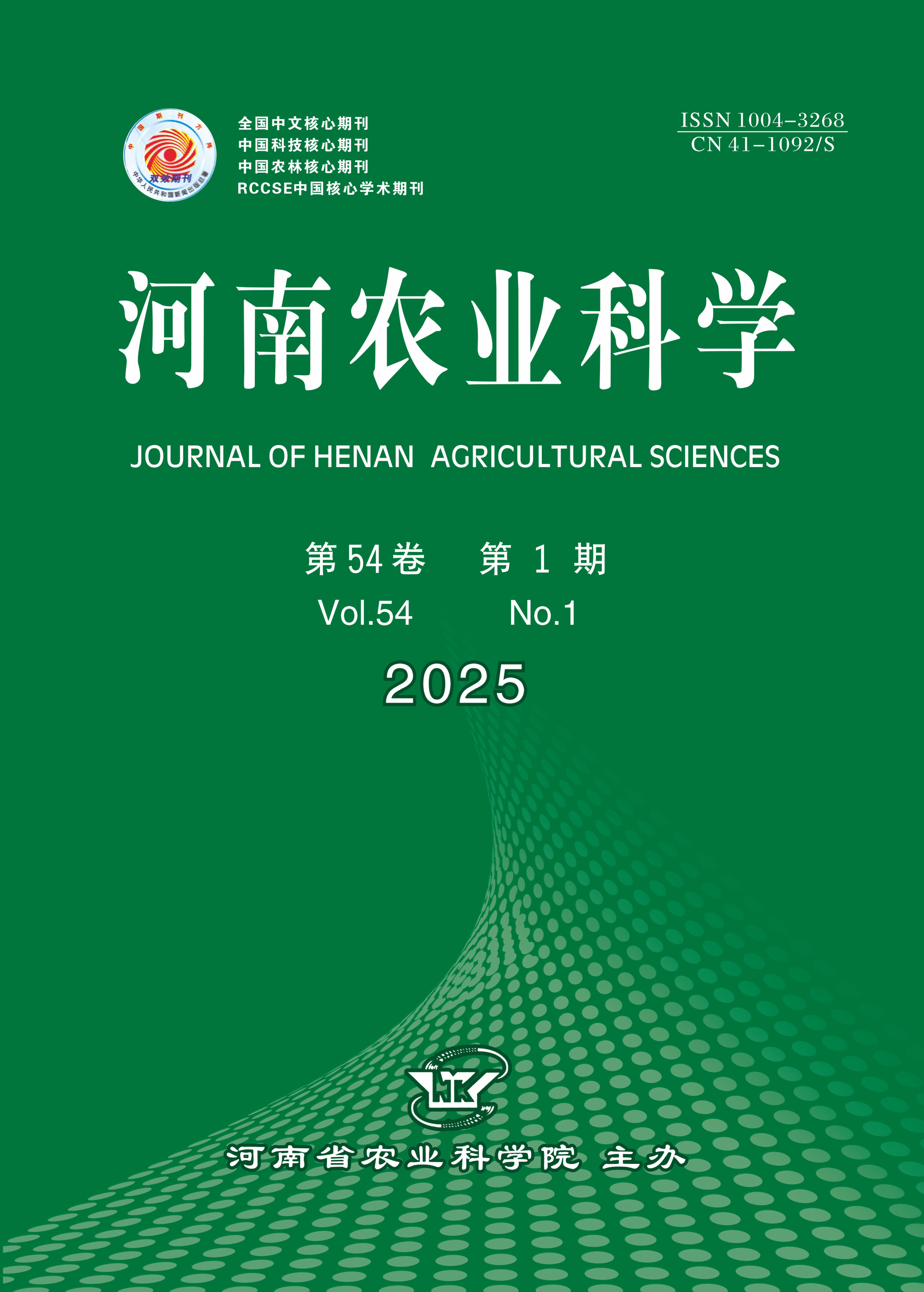-
Evolution,Target Genes Prediction and Expression Analysis of Let‑7 Family in Koi Carp(Cyprinus carpio L.)
- LI Hong, TIAN Yueyao, CUI Kaiming, QIN Nan, FAN Daosheng, TIAN Xue, ZHU Wenjin
-
2025, 54(1):
144-152.
DOI: 10.15933/j.cnki.1004-3268.2025.01.015
-
 Asbtract
(
)
Asbtract
(
)
 PDF (5059KB)
(
)
PDF (5059KB)
(
)
-
Figures and Tables |
References |
Related Articles |
Metrics
In order to explore the evolutionary characteristics of let‑7 family and the functions of let‑7 family in color formation of koi carp and teleost,the precursor sequences of all members of let‑7 family were aligned in koi carp,the phylogenetic tree of let‑7 family was constructed,the expression level of let‑7 family at different coloration stages of koi carp was studied,the target genes of let‑7j in koi carp were predicted by TargetScan and miRWalk,and the enrichment analysis of genetic characteristics and metabolic pathways of these target genes were conducted. The results showed that the let‑7 family of koi carp was more conserved among fish species,and the 5' end of the precursor sequences was higher conserved than the 3' end.The expression level of let‑7 family exhibited incremental trend during the four developmental stages of koi carp coloration,and the highest expression level was at 47 days post hatching (dph).The 571 target genes of let‑7j were both predicted in both software.Then,the 571 candidate genes were enriched in 10 GO terms associated with color formation,including pigmentation,developmental pigmentation,pigment cell differentiation,melanocyte differentiation,cellular pigmentation,melanosome transport,pigment granule transport,pigment metabolic process,establishment of melanosome localization and melanosome localization;enriched in KEGG pathway related to color formation,primarily including Wnt signaling pathway,ErbB signaling pathway and melanogenesis pathway. Multiple genes associated with chromatophores differentiation and migration were identified in GO and KEGG pathway,including ltk,pmel,plin6,kitlga and pax7a. Overall,let‑7 family is highly conserved during fish evolution,and may target many chromatophores differentiation‑related genes to be involved in red color formation in koi carp.
